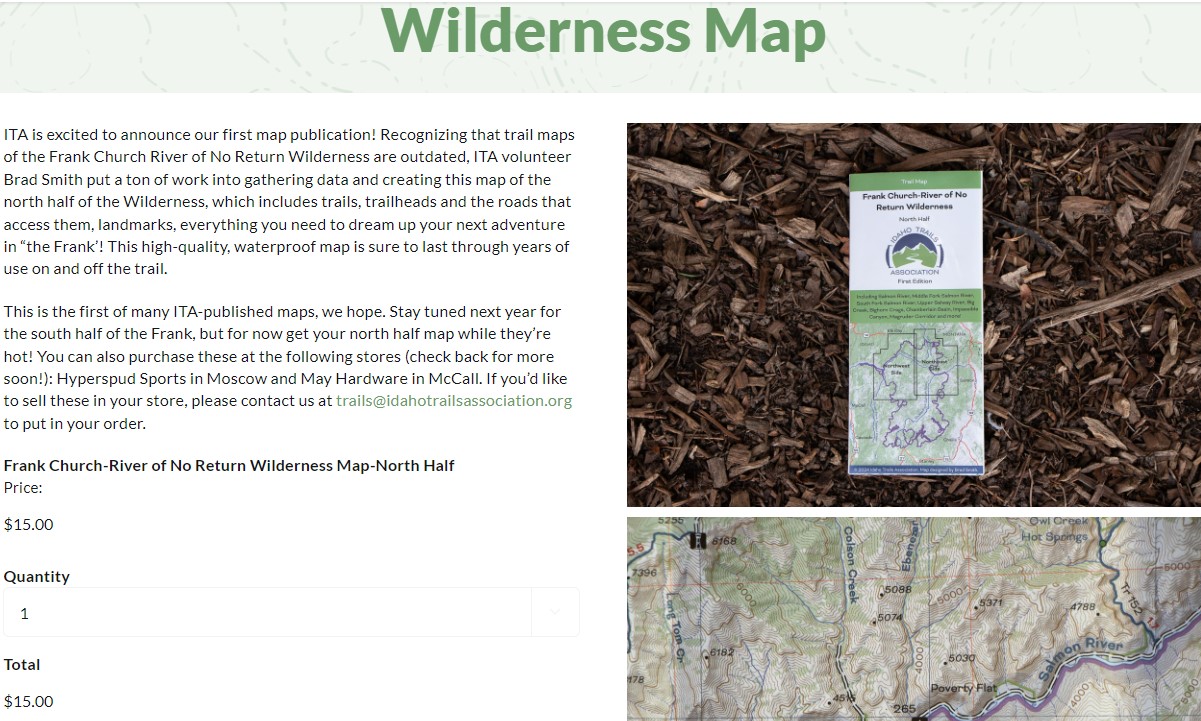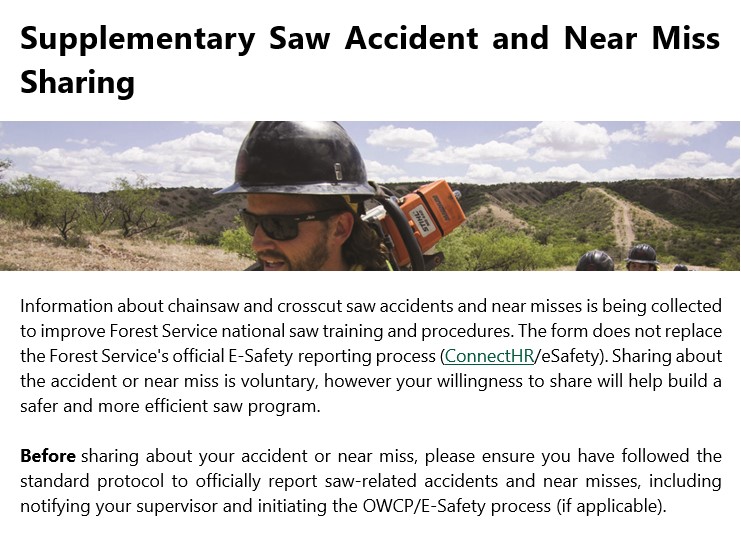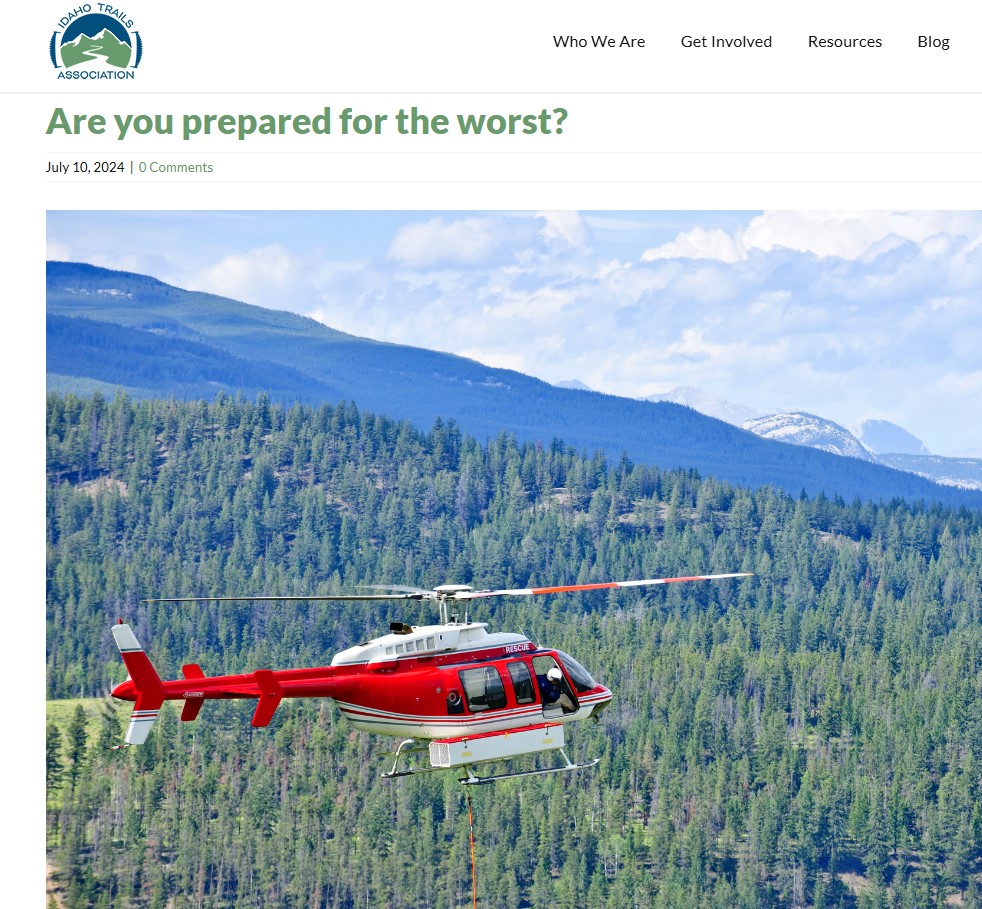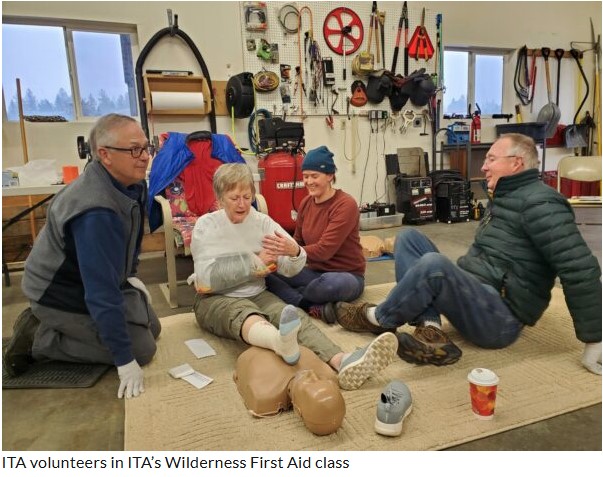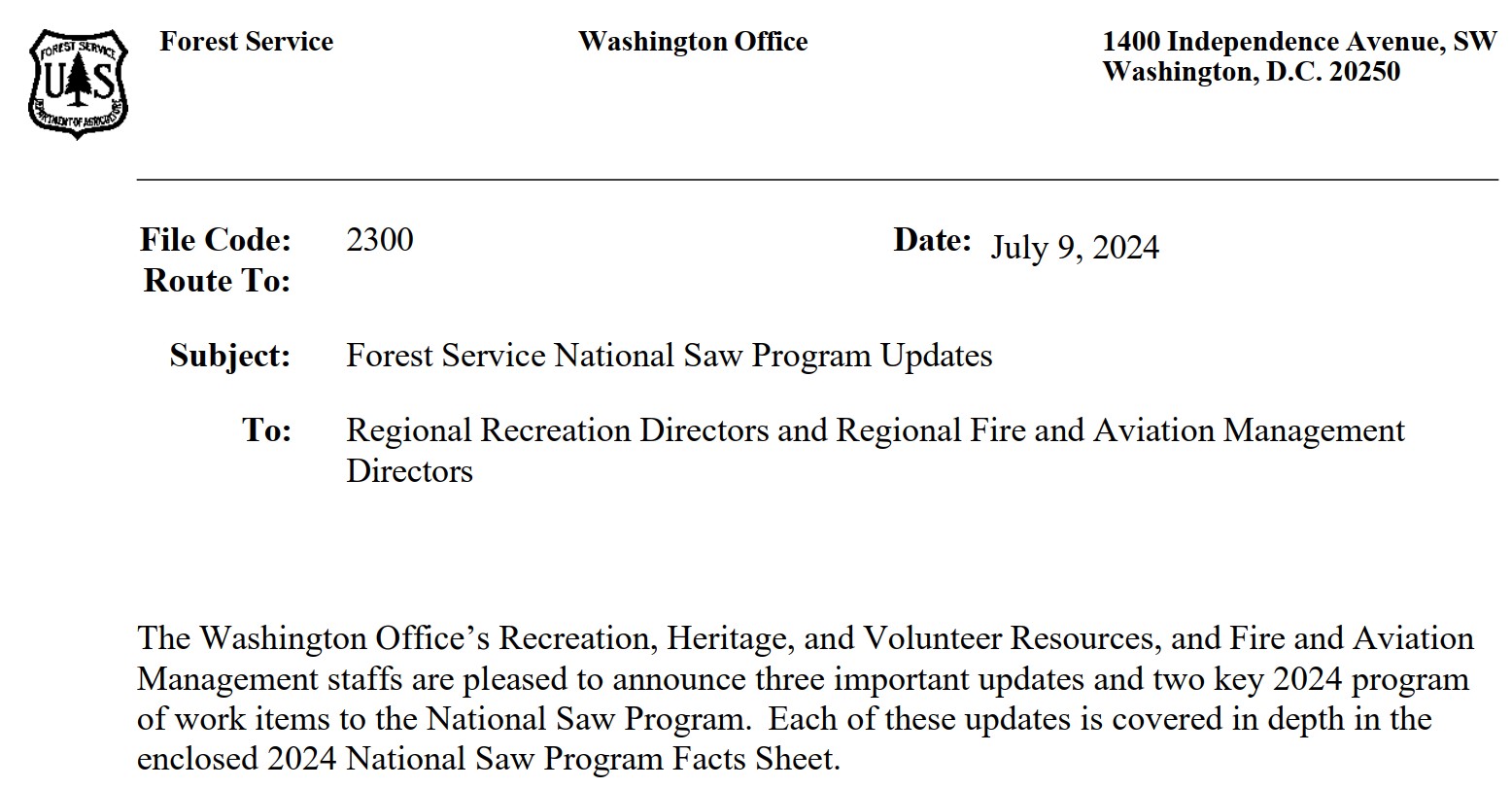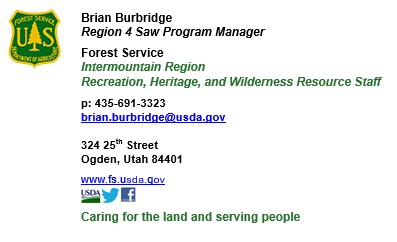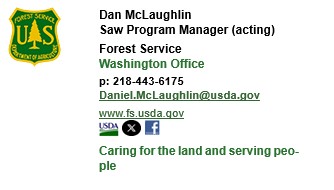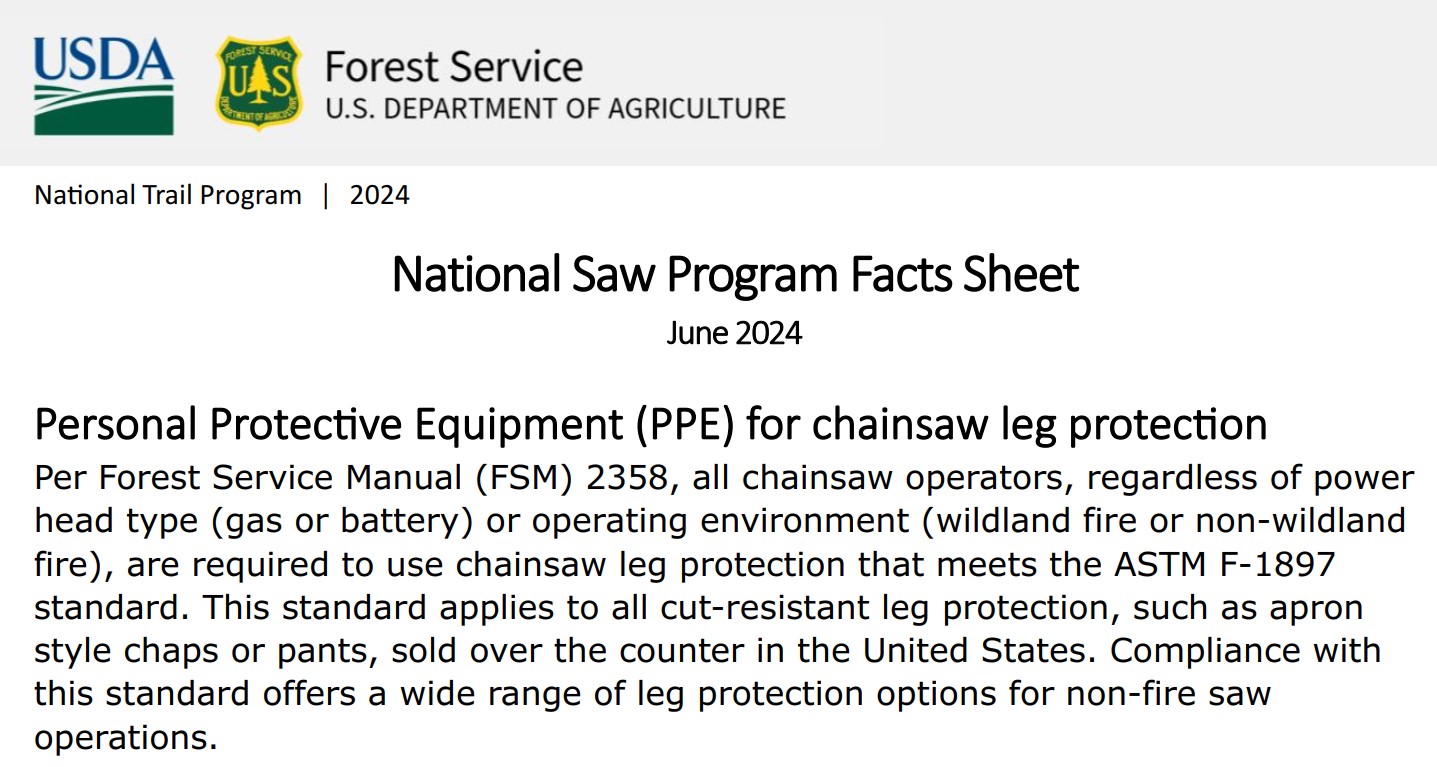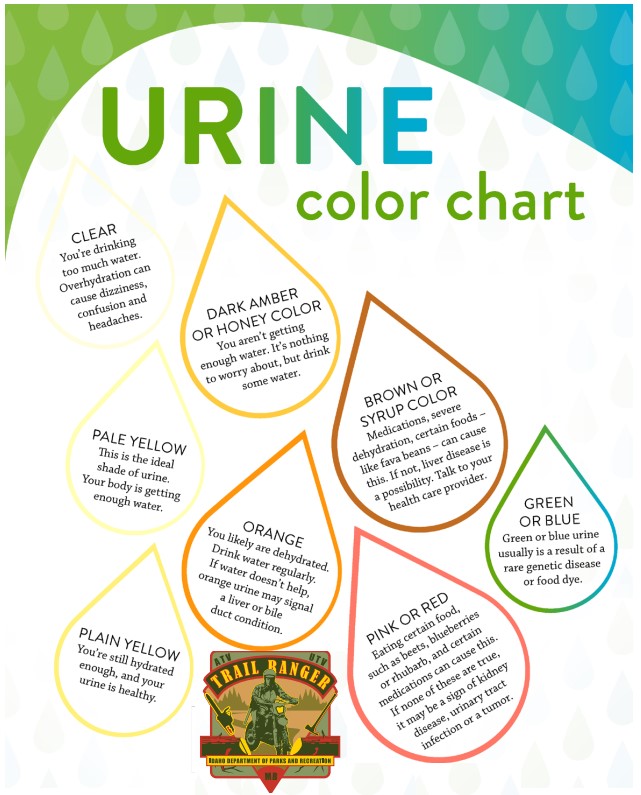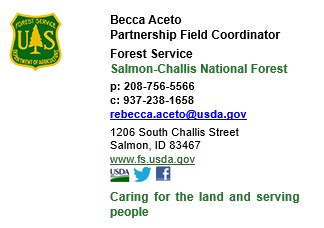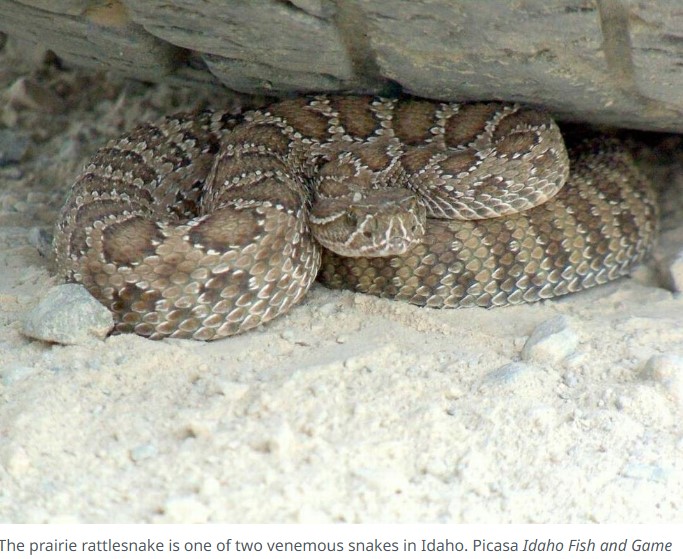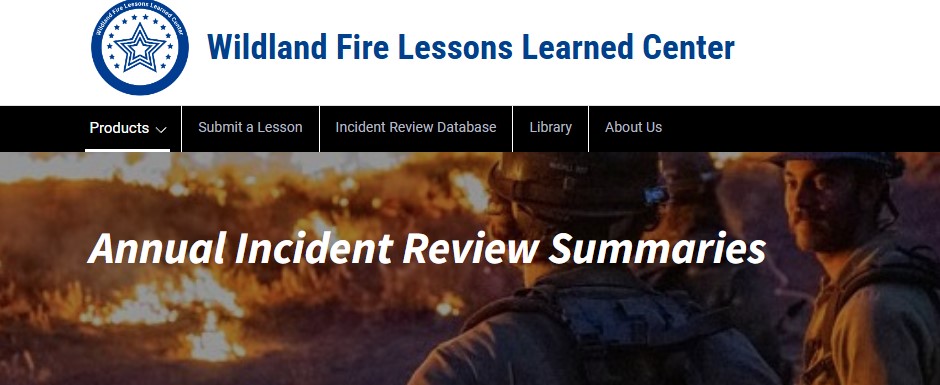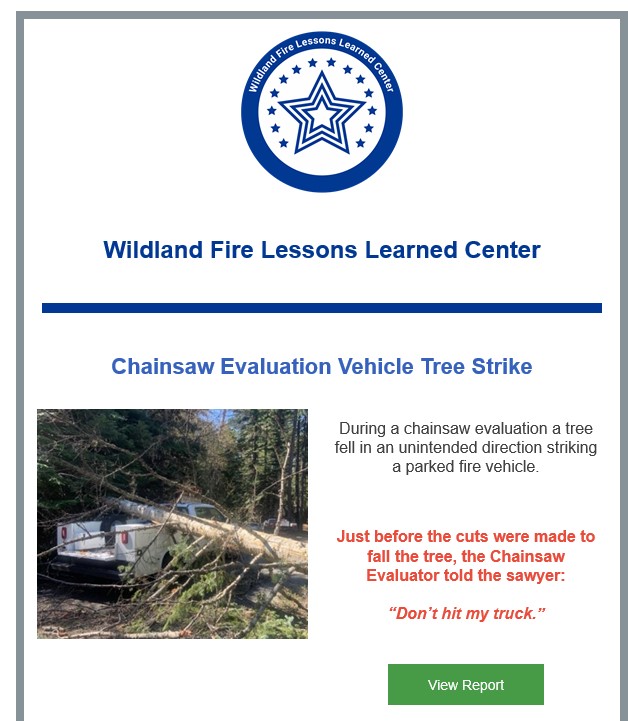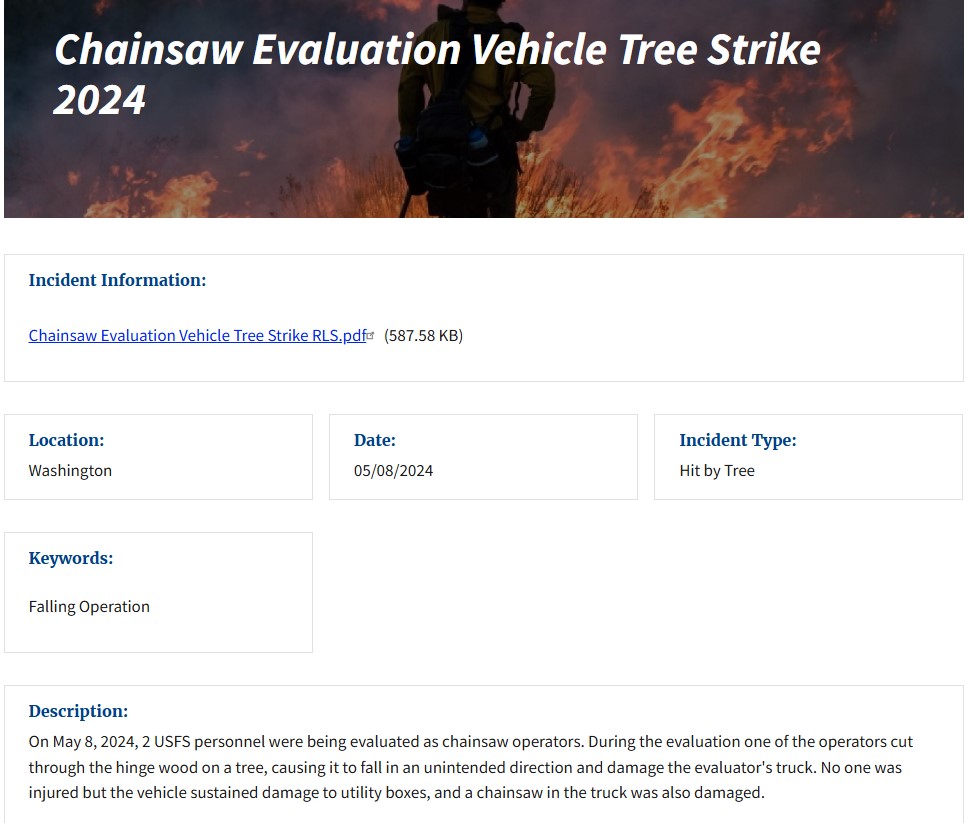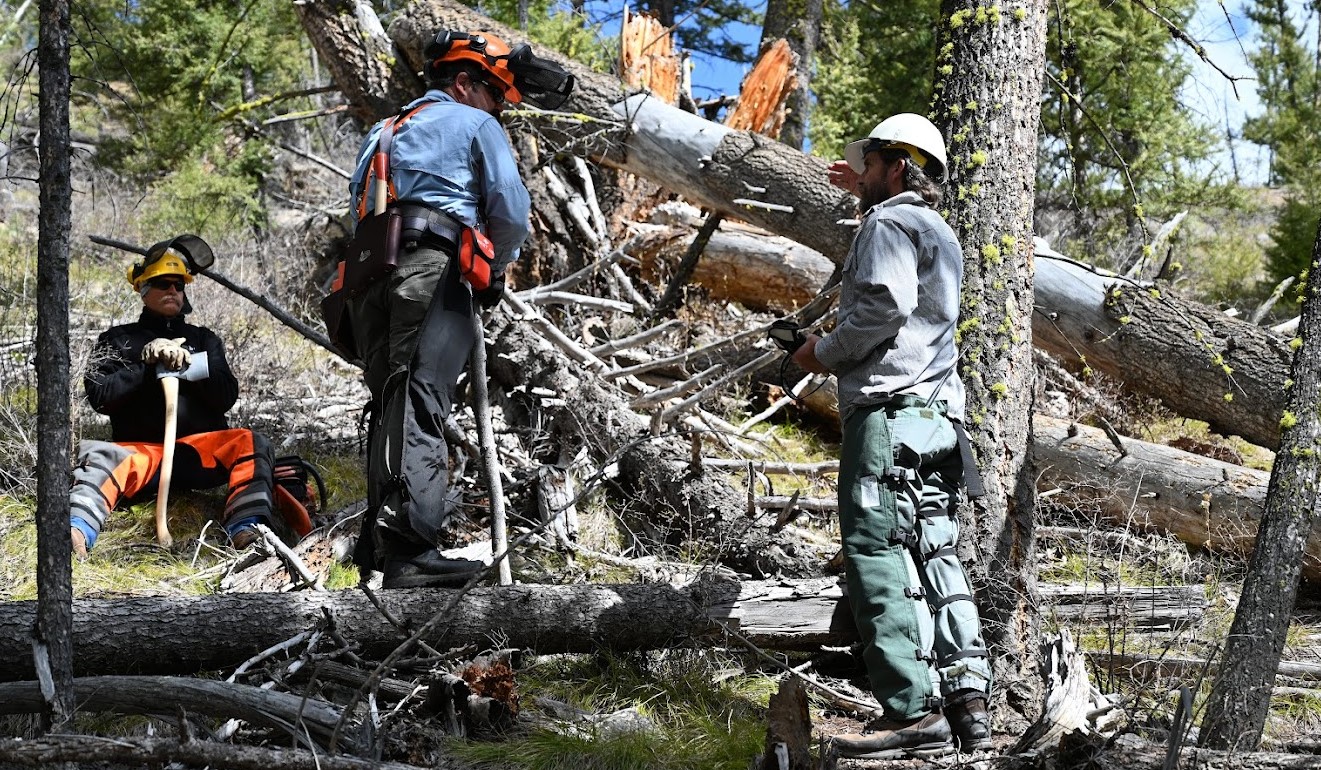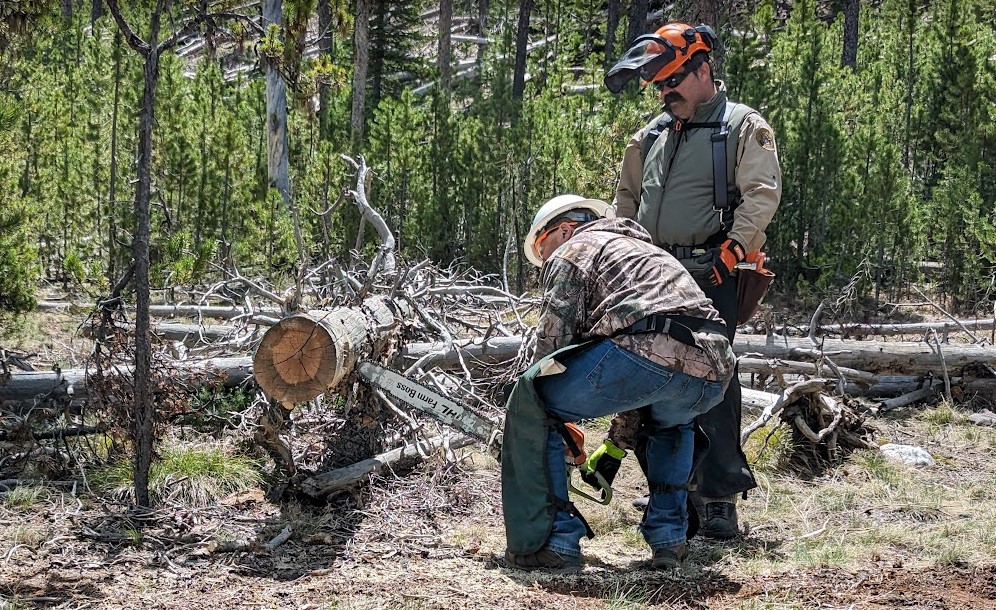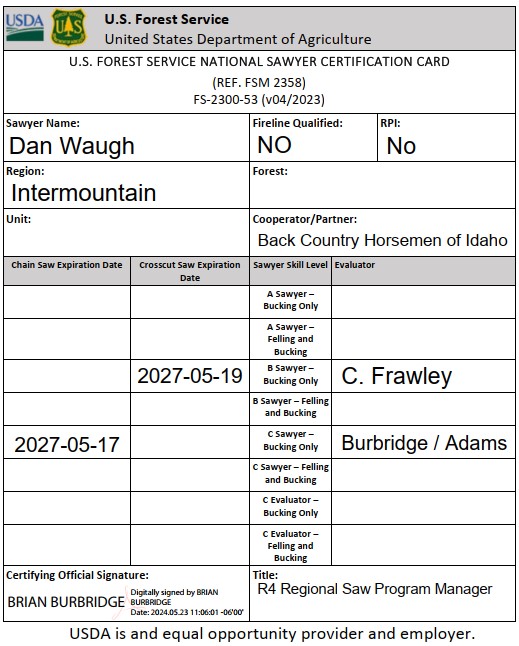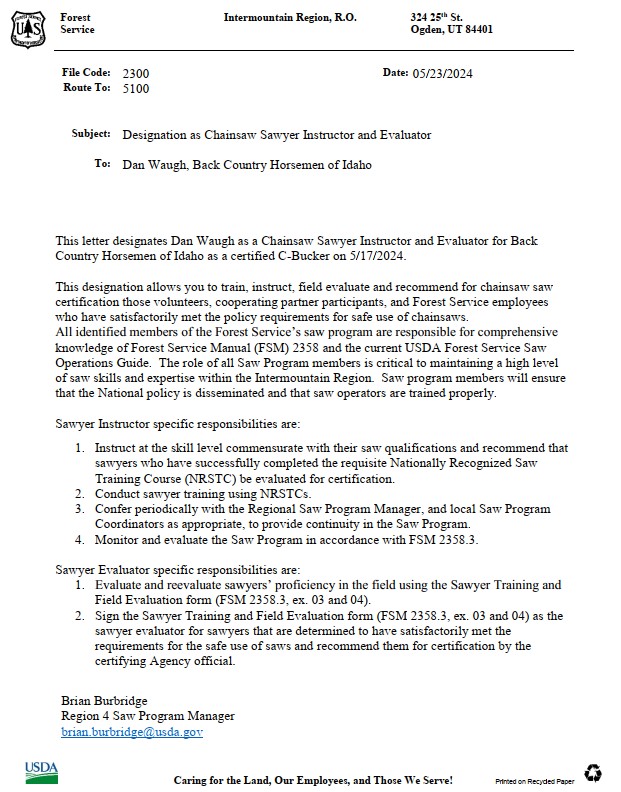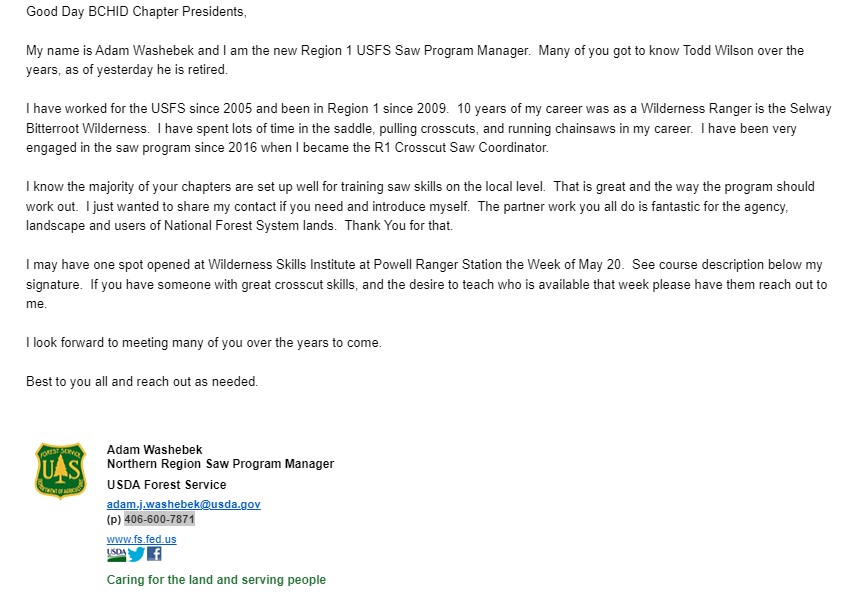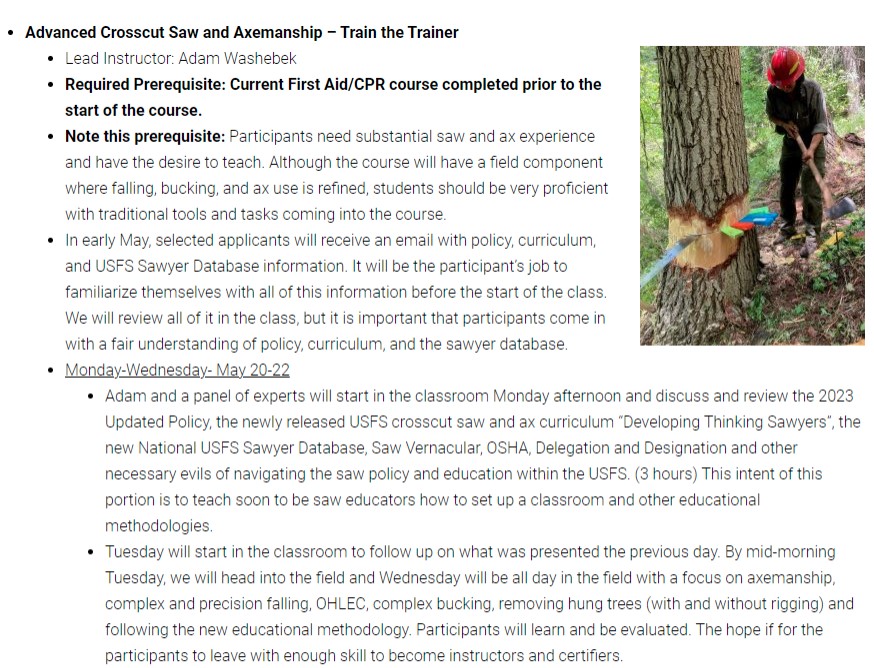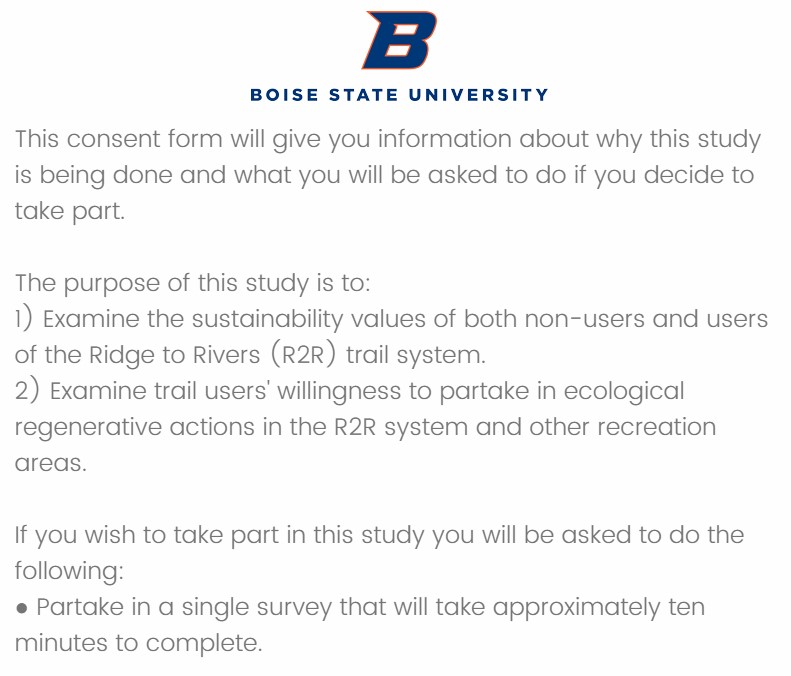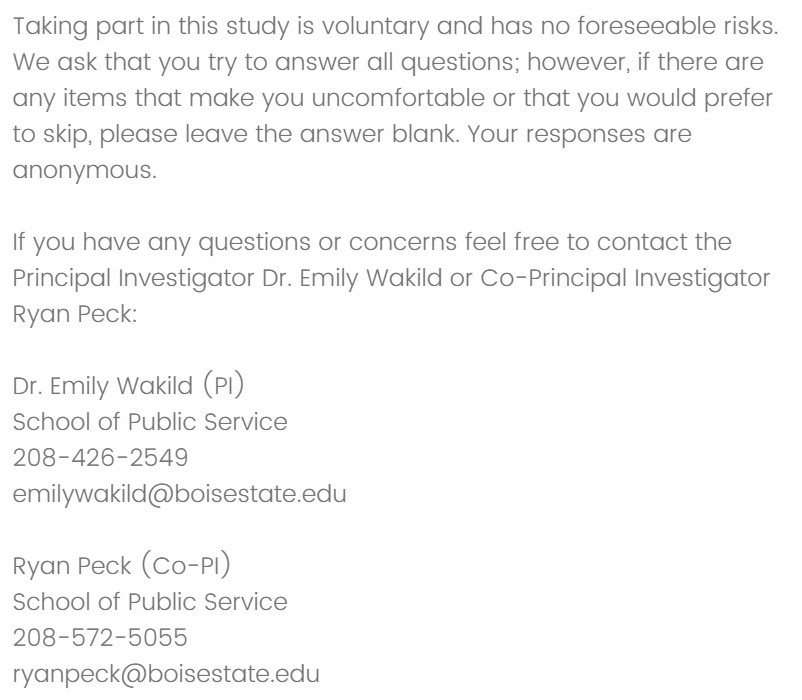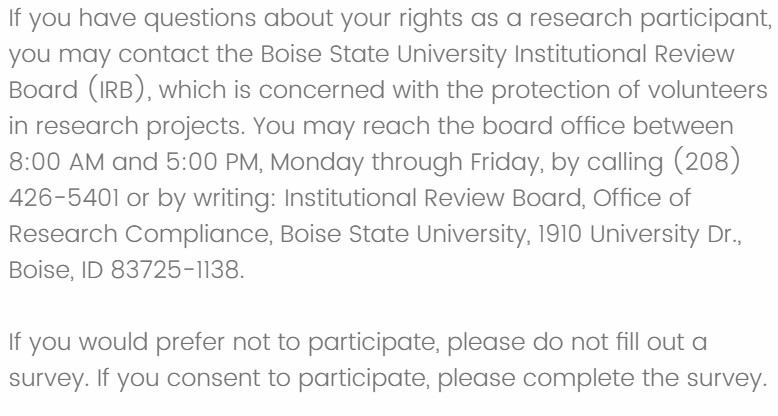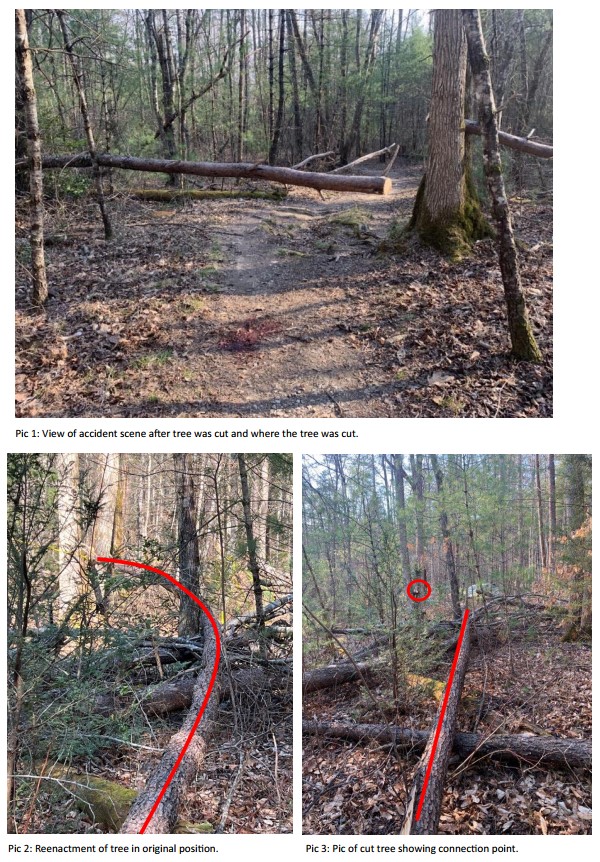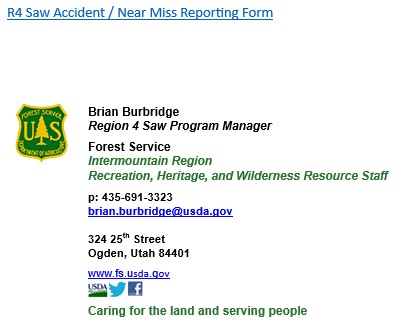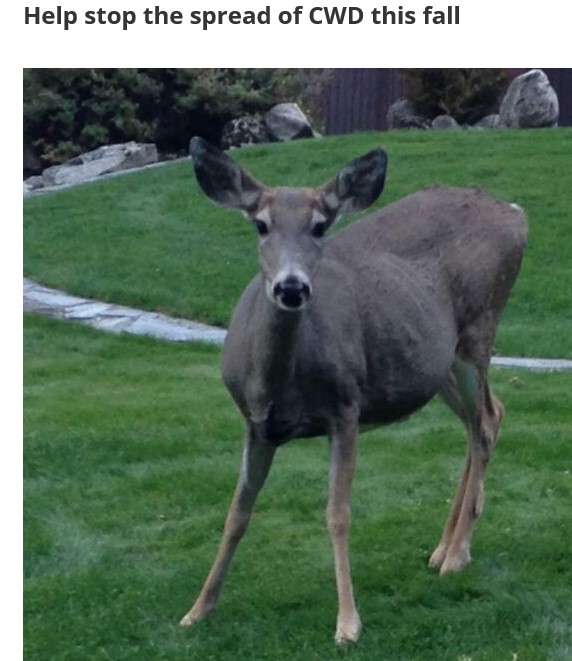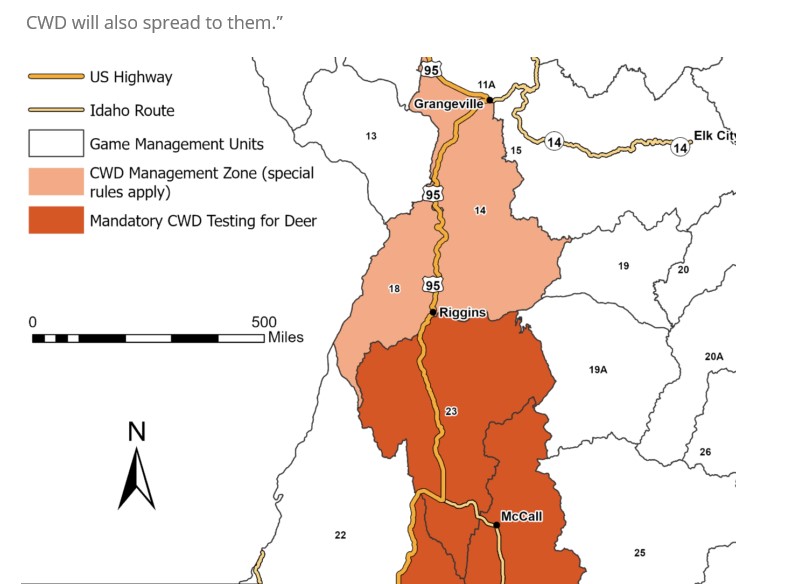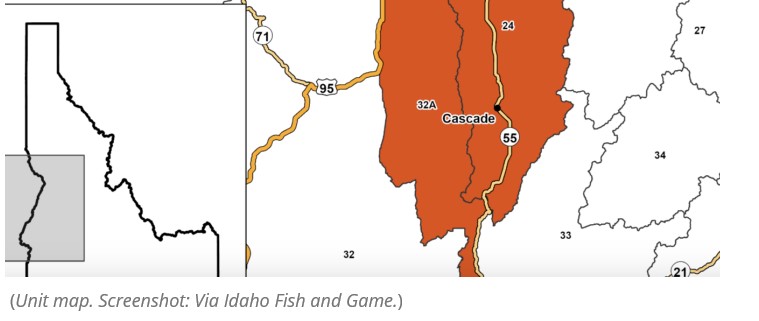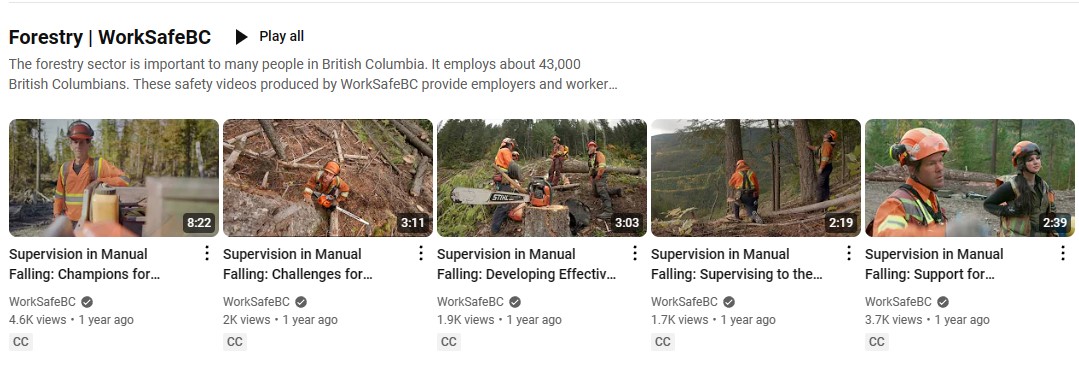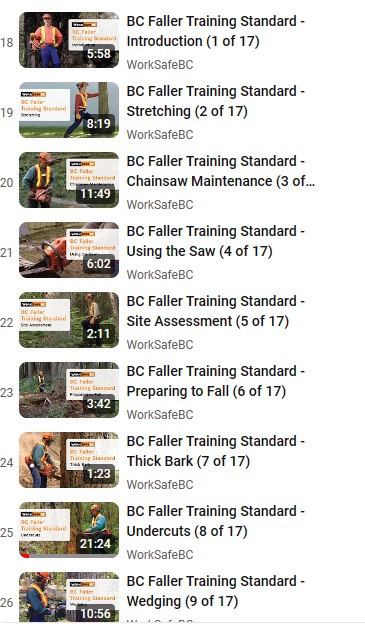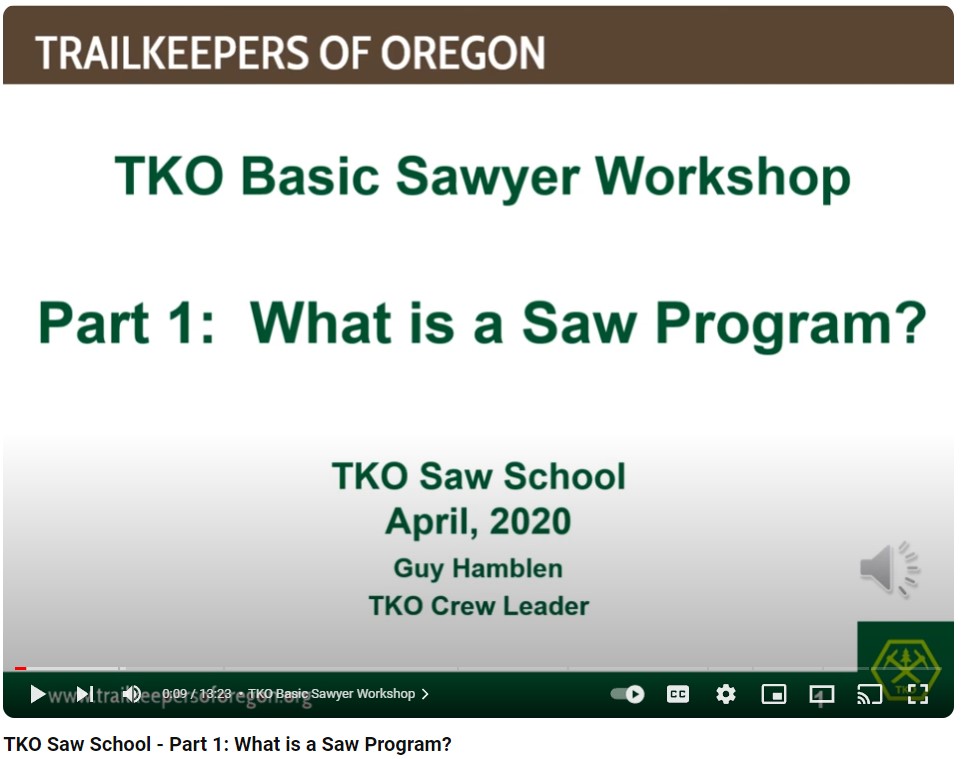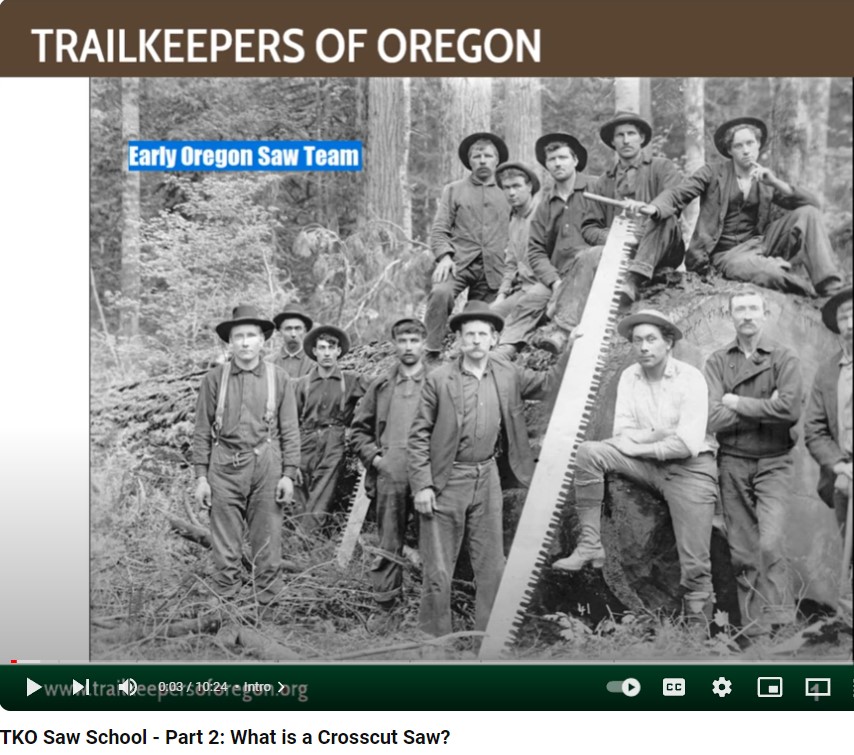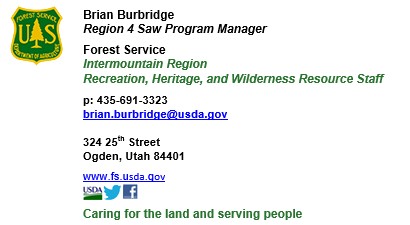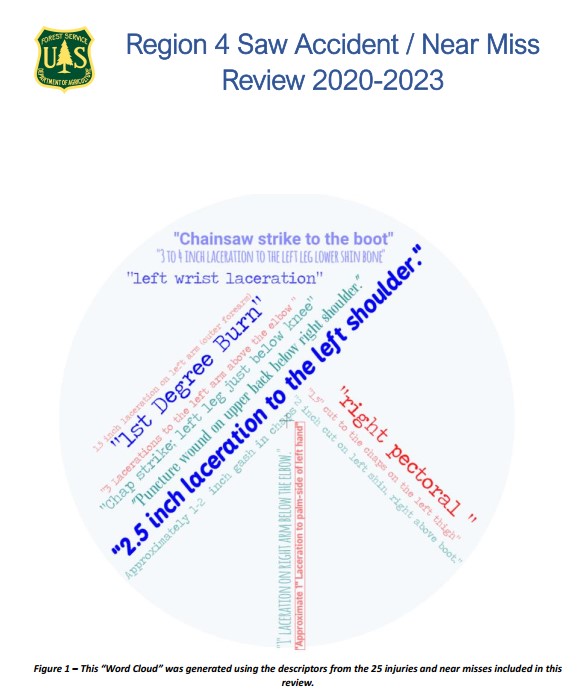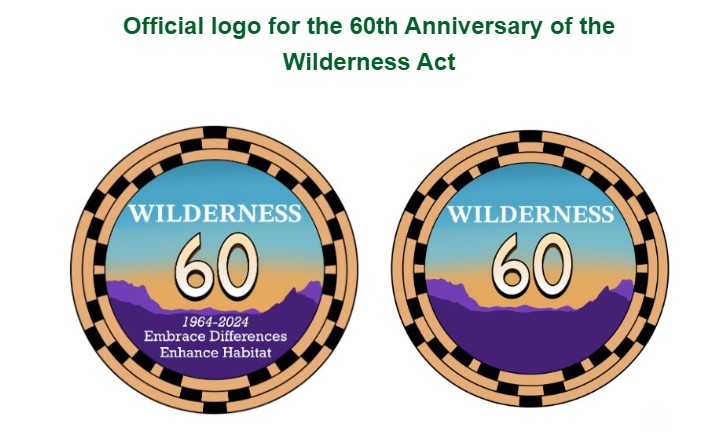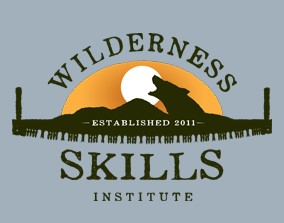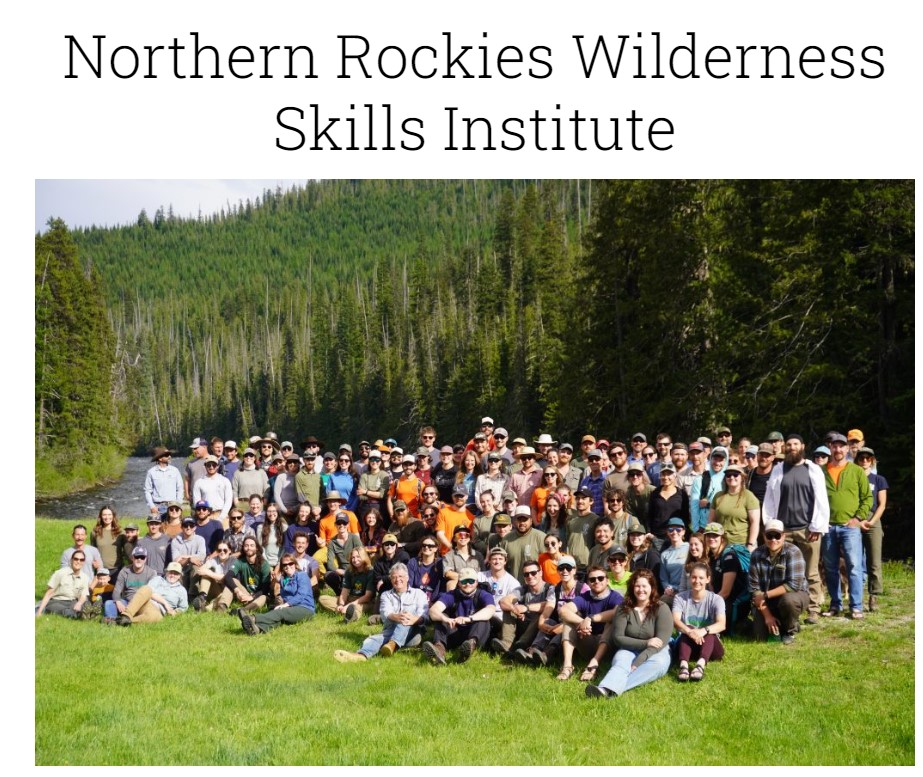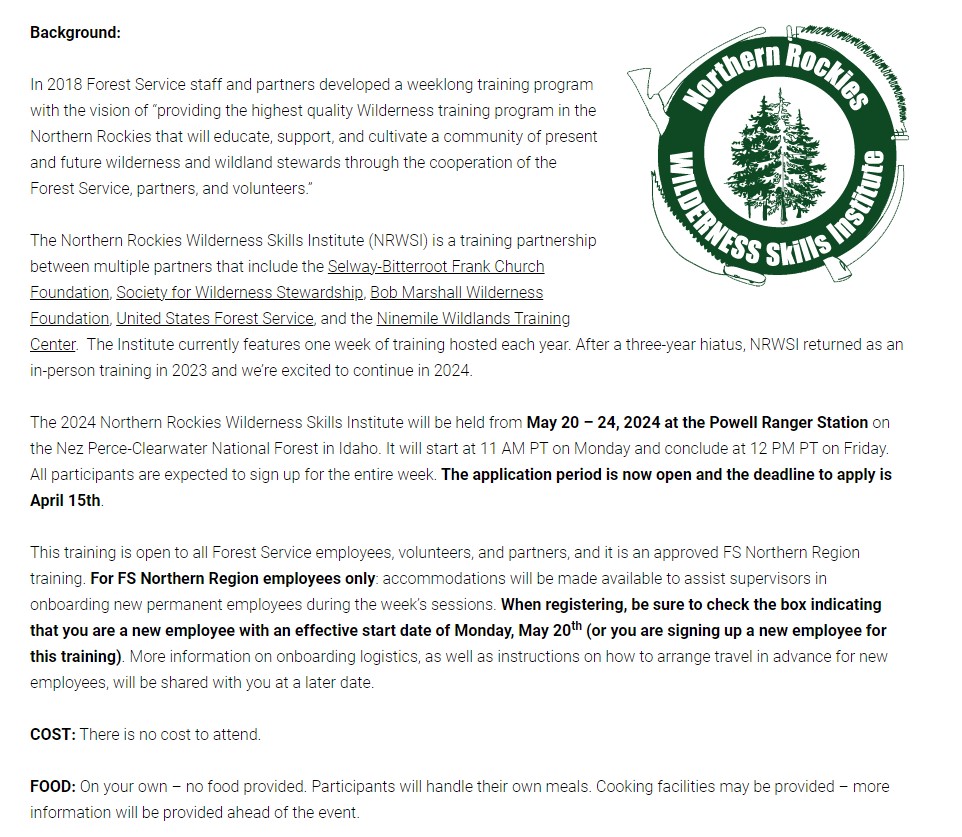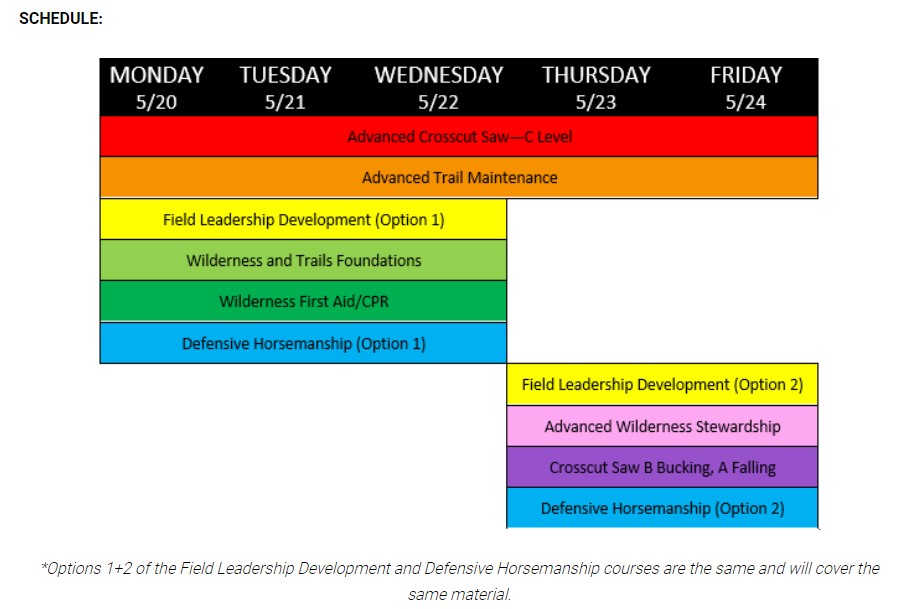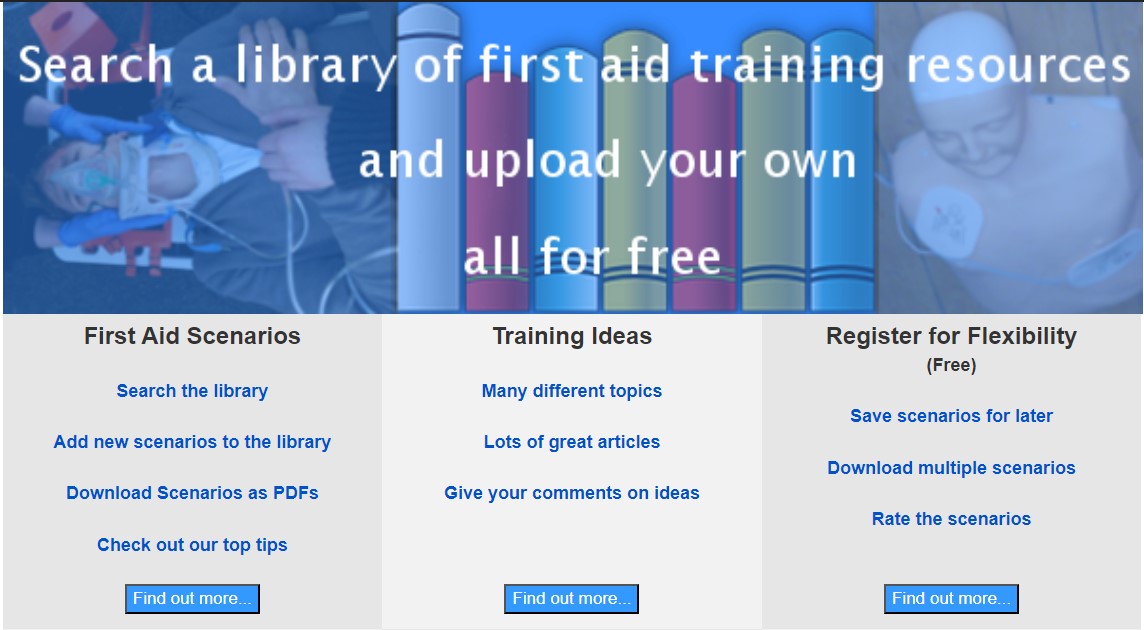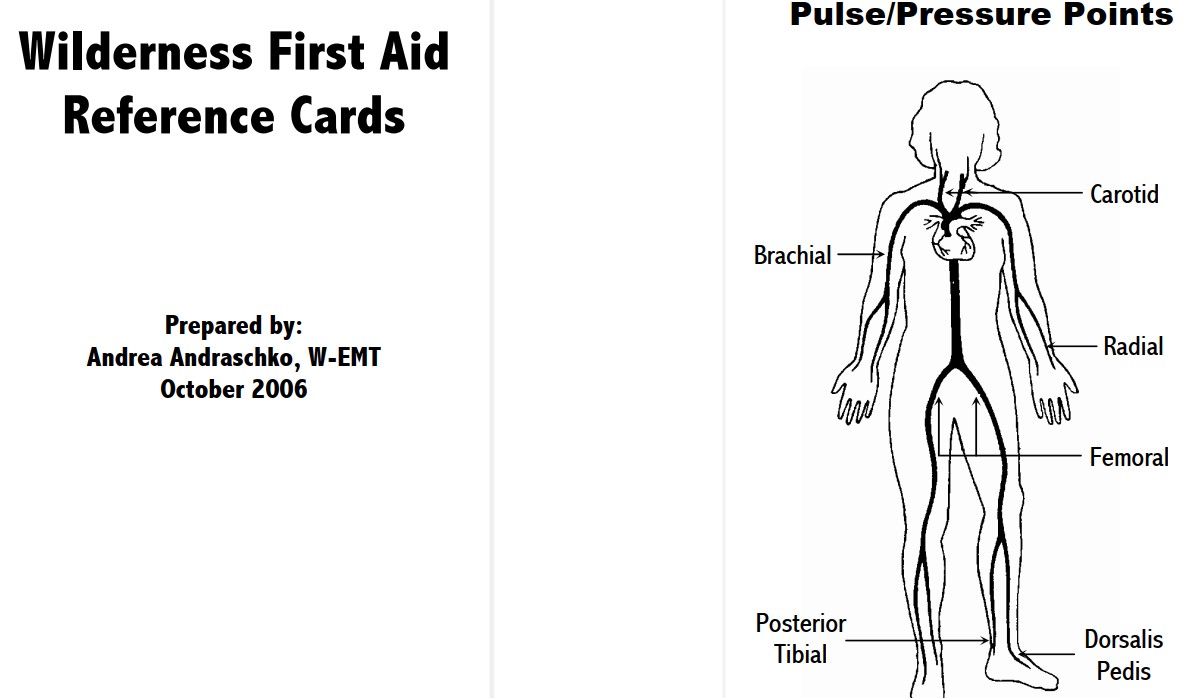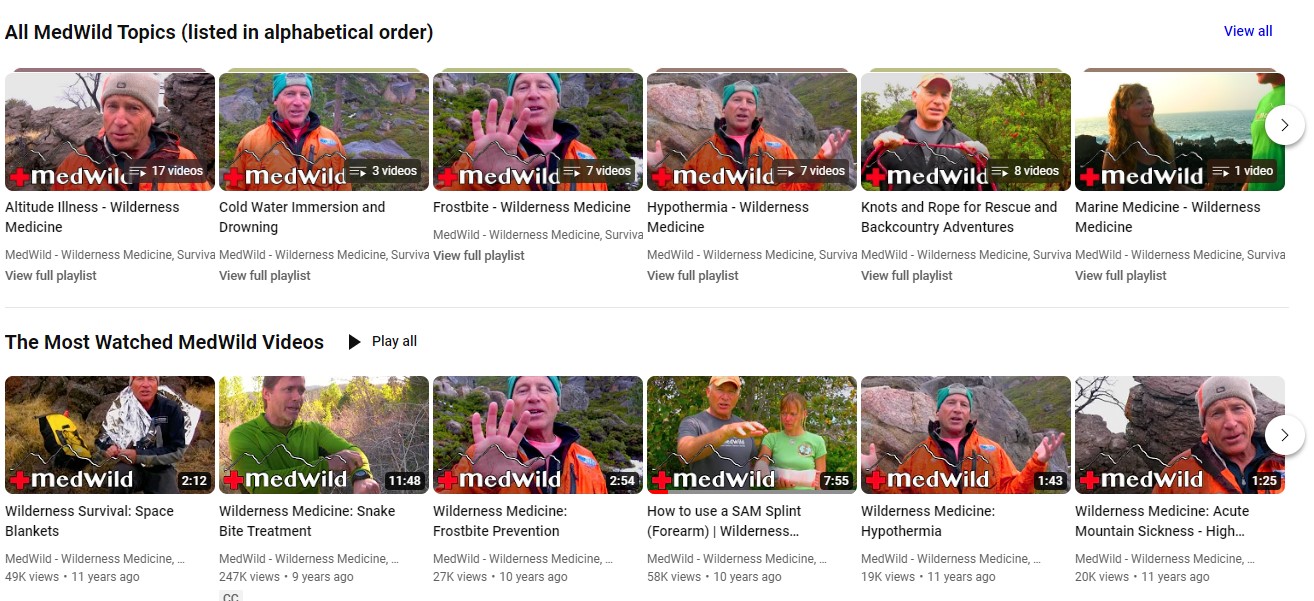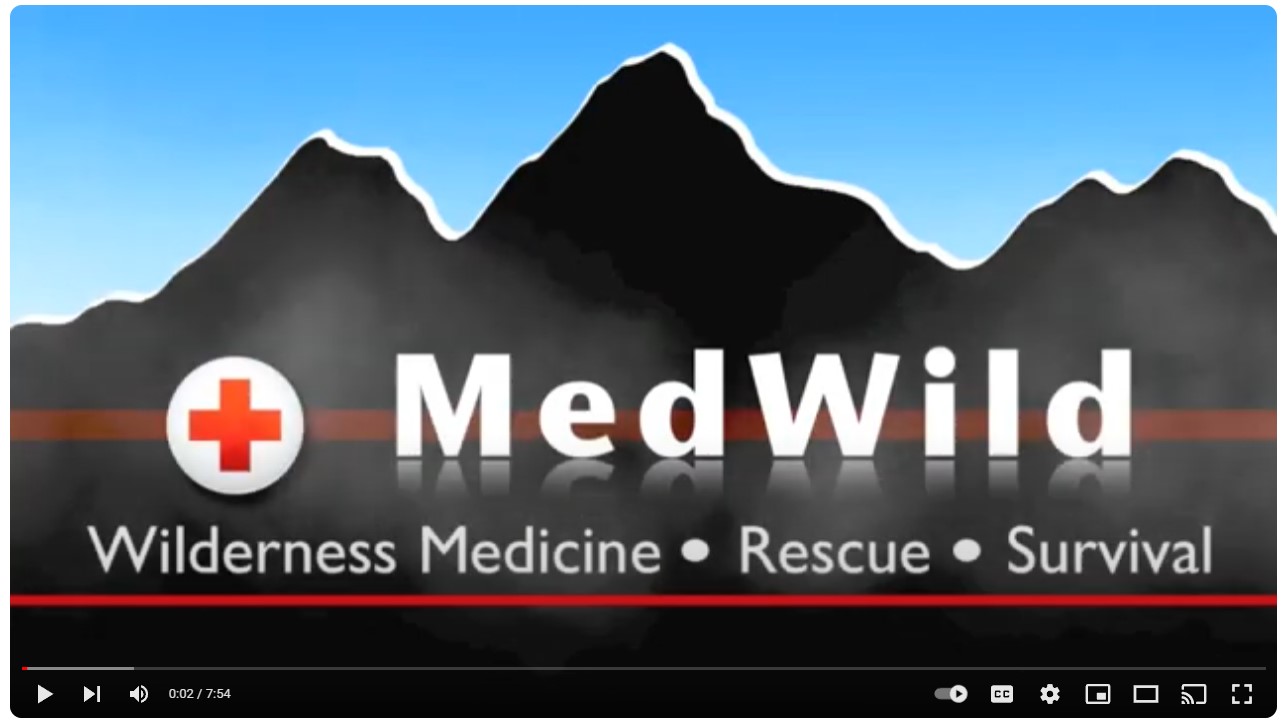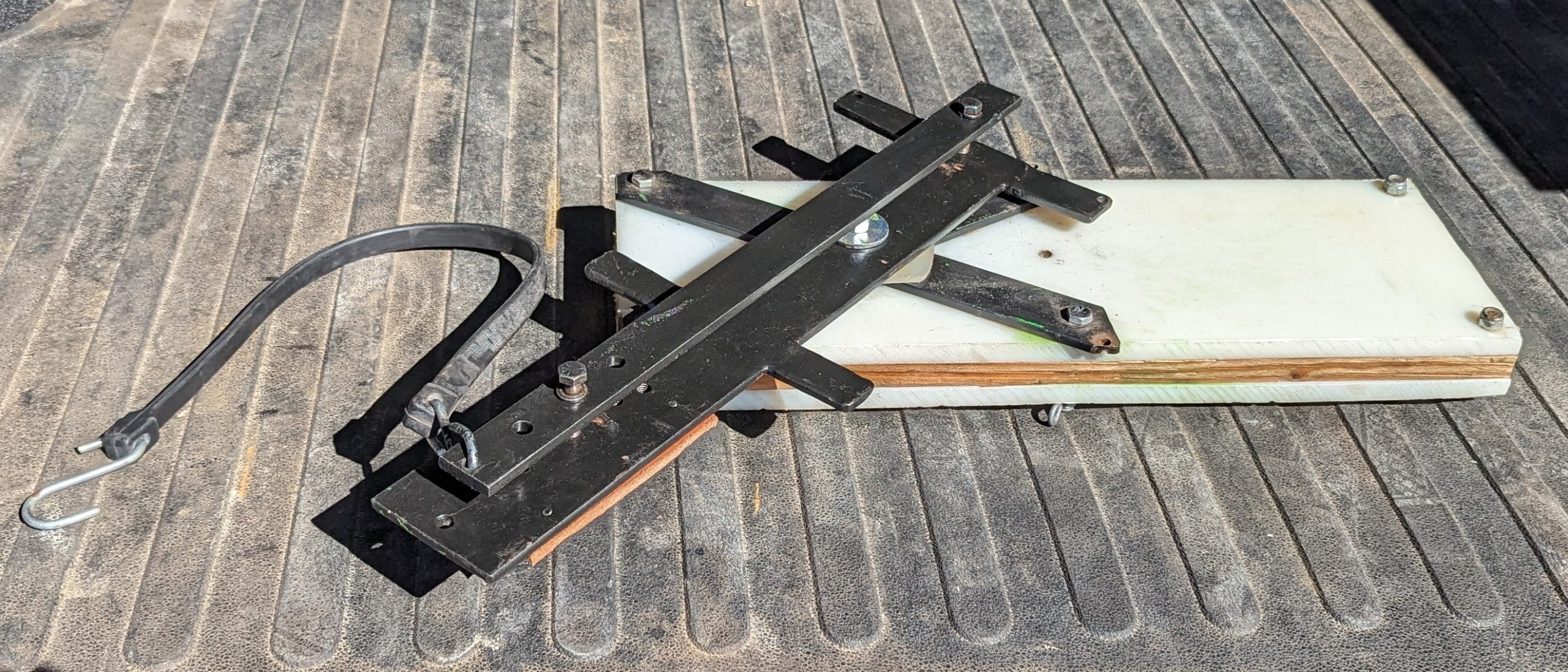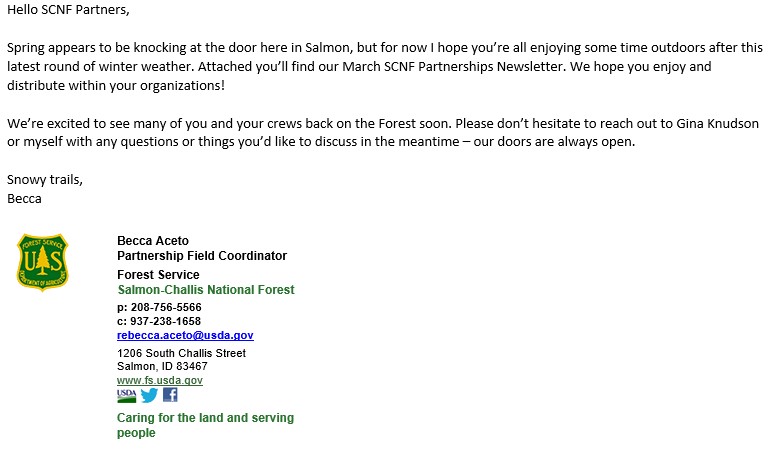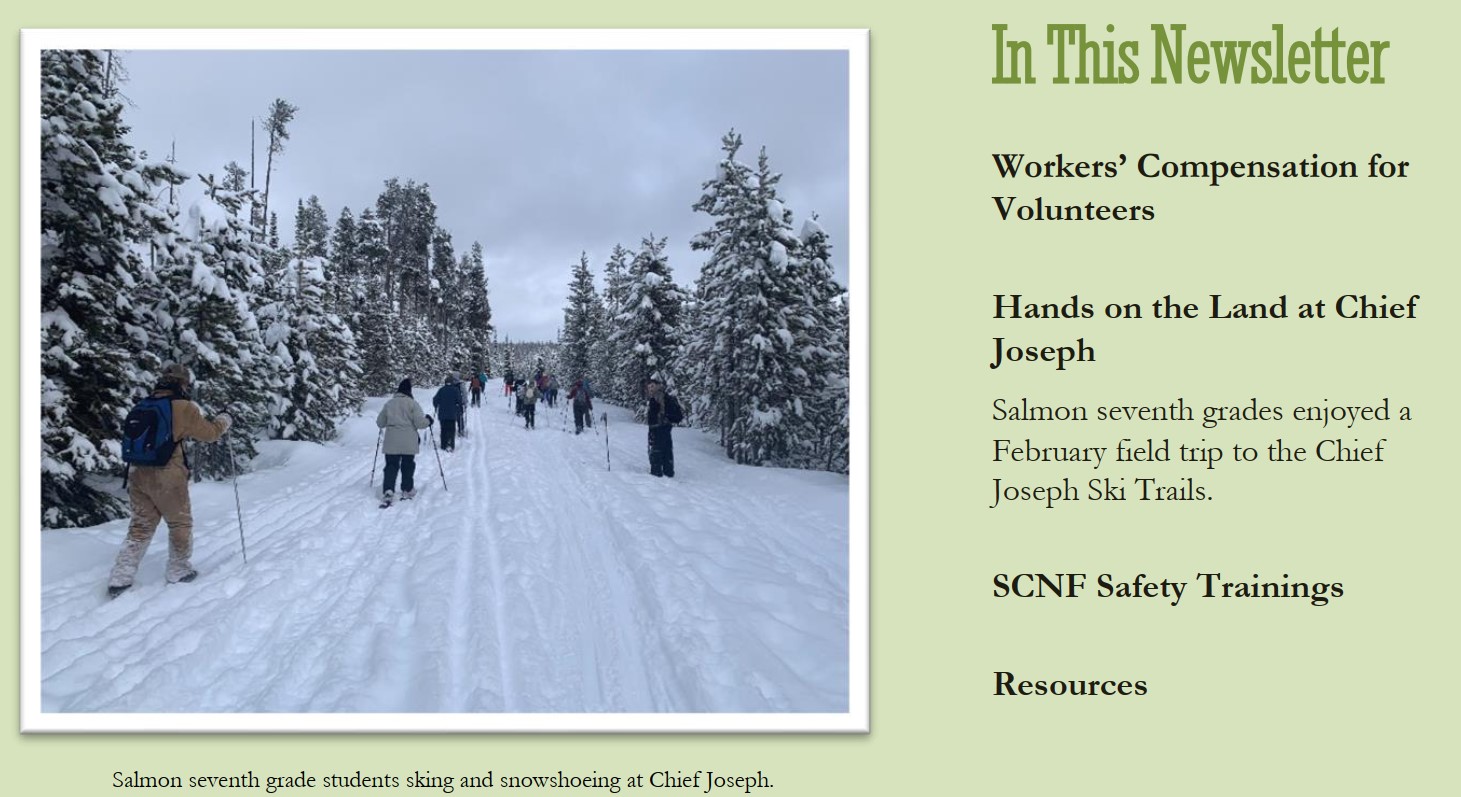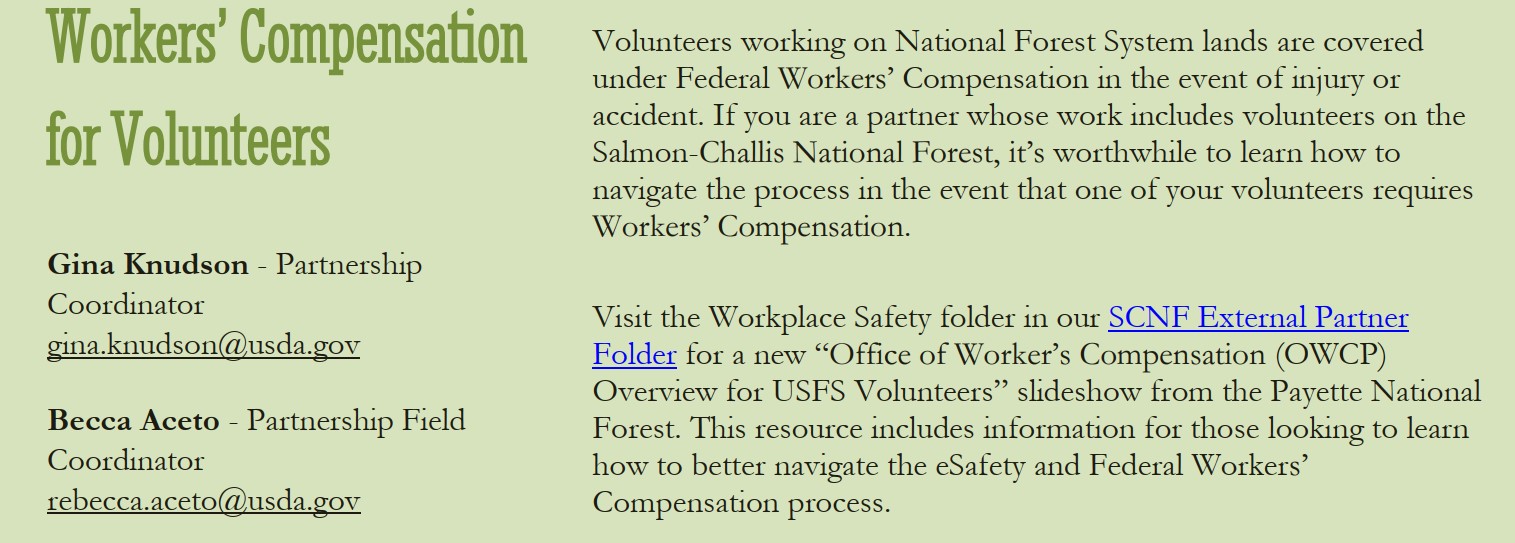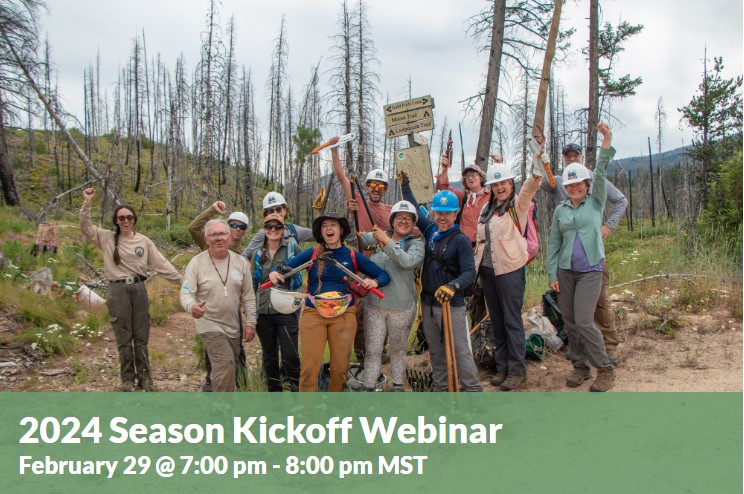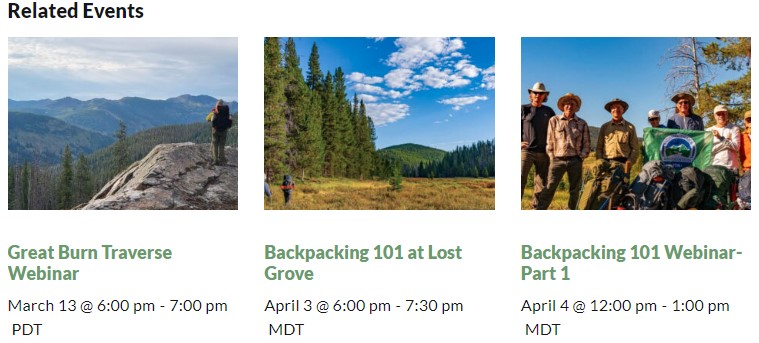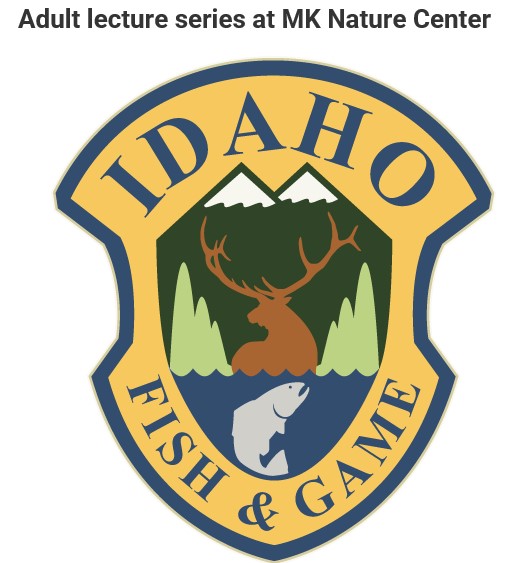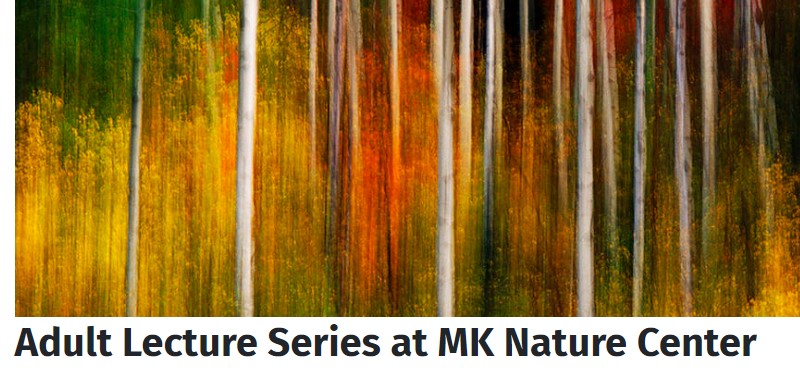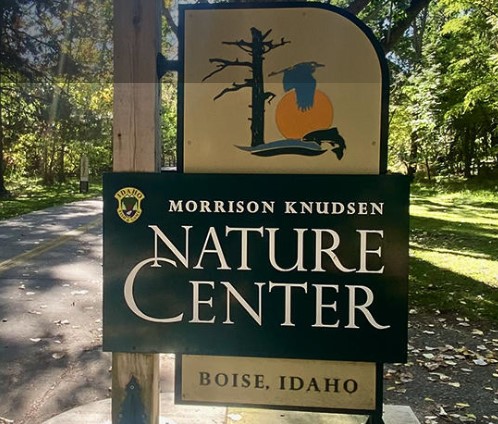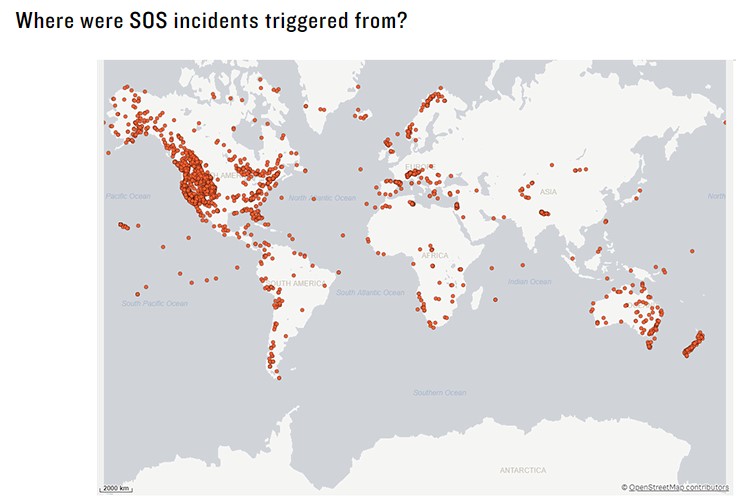
2023 Garmin inReach® SOS Year in Review
February 29, 2024
From hikers on daytrips to drivers on road trips, the inReach SOS data from 2023 shows that inReach devices are an important tool for adventurers and commuters alike. In 2023 the largest percentage of SOS incidents came from hikers and backpackers, but the biggest increase resulted from driving-related situations. Read on for a look at the statistical breakdown.
Since 2011, Garmin inReach satellite technology1 has helped individuals stay in touch globally, send and receive messages outside of cellphone service areas, navigate routes, track and share journeys and, when necessary, trigger an interactive SOS message to the Garmin Response℠ emergency response coordination center. Many individuals’ lives have been changed from the help they received after triggering an SOS message on their inReach device.
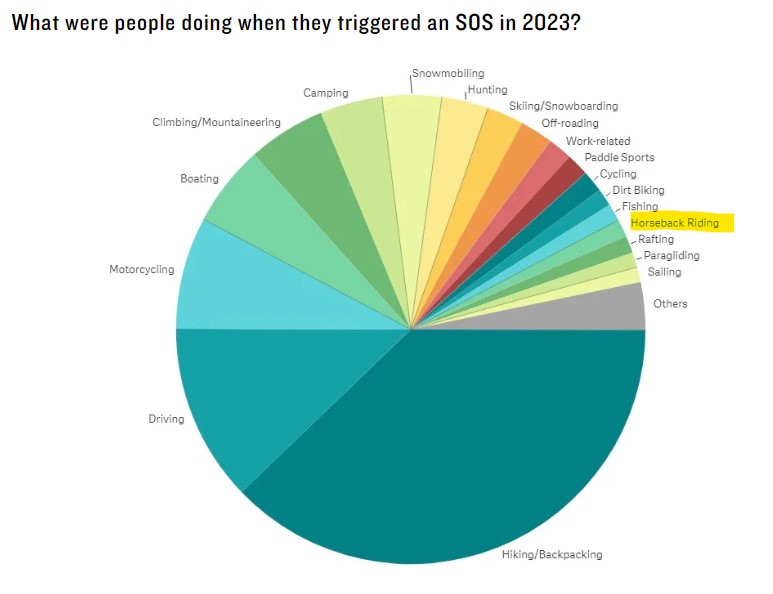
With 100% global Iridium® satellite network coverage, an SOS can be triggered globally. The locations of SOS incidents speak to the power of the Iridium satellite network, the intel of inReach technology and the Garmin Response team’s ability to make timely connections with emergency resources all over the world.
Garmin Response is a leader in 24/7 emergency monitoring and incident response coordination services. Using a proprietary emergency monitoring platform that connects to a global database of first responders and emergency services, the dedicated team of skilled emergency response coordinators serves more than 200 countries and territories and supports more than 210 languages.
Just this year, dispatch responses varied from local police and ambulance services on major interstate highways to highly technical helicopter rescues on the world’s tallest mountain, Mount Everest. Responses all over the world — from New Zealand to Norway to Argentina to Canada — were coordinated for plane crashes, grizzly bear encounters, sinking sailboats, skiers in avalanches, stranded divers, injured climbers and many more.
The largest percentage of SOS triggers this year came from adventurers who were out hiking or backpacking. The next highest number of SOS triggers came from driving and motorcycling incidents. This emphasizes the importance of having an inReach on hand for everyday “just in case” situations, such as witnessing or being involved in a motor vehicle accident, experiencing mechanical issues outside of cellphone service or encountering adverse weather while driving.
In 2023, we saw the biggest increases in driving-related SOS incidents, followed by climbing/mountaineering and fishing. Other common activities include boating, snowmobiling, camping, hunting, skiing/snowboarding, off-roading and more. READ MORE
What’s Different About inReach Technology?
August 8, 2023
Staying connected, informed and safe — regardless of geographical location — has become an essential and expected part of our lives. So what makes inReach® satellite communicators stand out? Below are some of the top reasons why it’s advantageous to keep a device with inReach technology active and available1.
Connection to the Only Satellite Network with Global Coverage
The Iridium® satellite network, the world’s largest commercial satellite constellation, is the system that allows inReach devices to work globally. Its low orbit satellites enable inReach satellite communicators to relay messages, provide weather forecasts, navigate and trigger SOS alerts — even when you and your device are well out of range of cellular coverage. Plus, the multidirectional, purpose-built antennas in inReach devices help ensure a prompt connection, which is especially important in an emergency when every second counts.
Interactive SOS
With an inReach device and an active subscription, you can trigger an SOS message and connect directly to the Garmin ResponseSM team. When an SOS alert is received, team members pinpoint the incident location. Then, via two-way messaging, team members gather information from the user, coordinate the rescue response and connect with emergency contacts.
Internal Emergency Monitoring
A unique part of the inReach experience is that SOS activations are managed by Garmin’s in-house emergency monitoring team and incident response coordination center, Garmin Response. Operating since 2007, Garmin Response is staffed by trained professionals. They use proprietary emergency handling software to manage each SOS alert and work with a private global database of local first responders. The Garmin Response team has handled more than 10,000 inReach SOS alerts.
READ MORE



















































